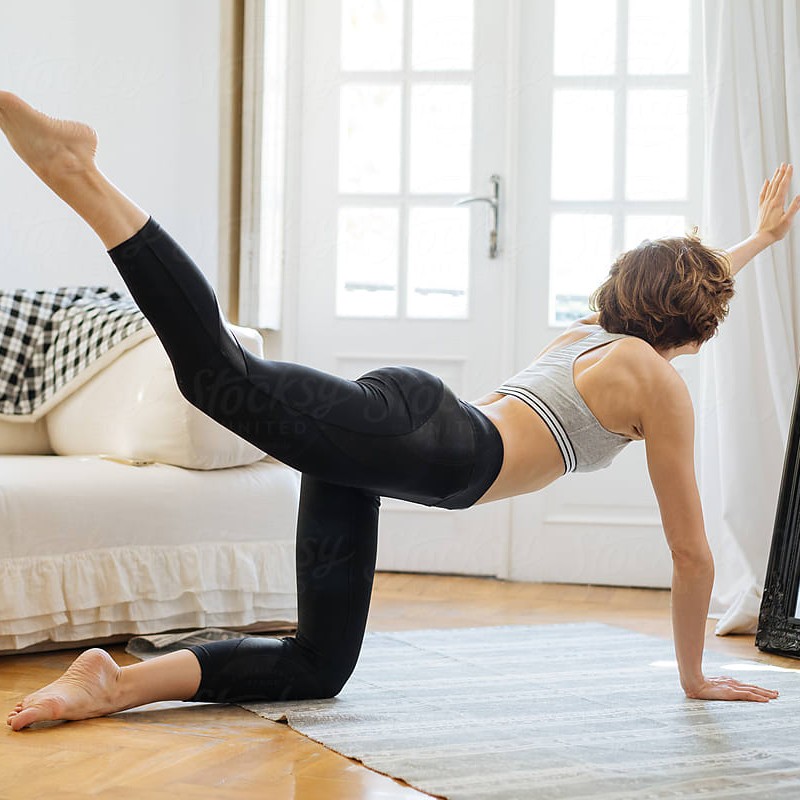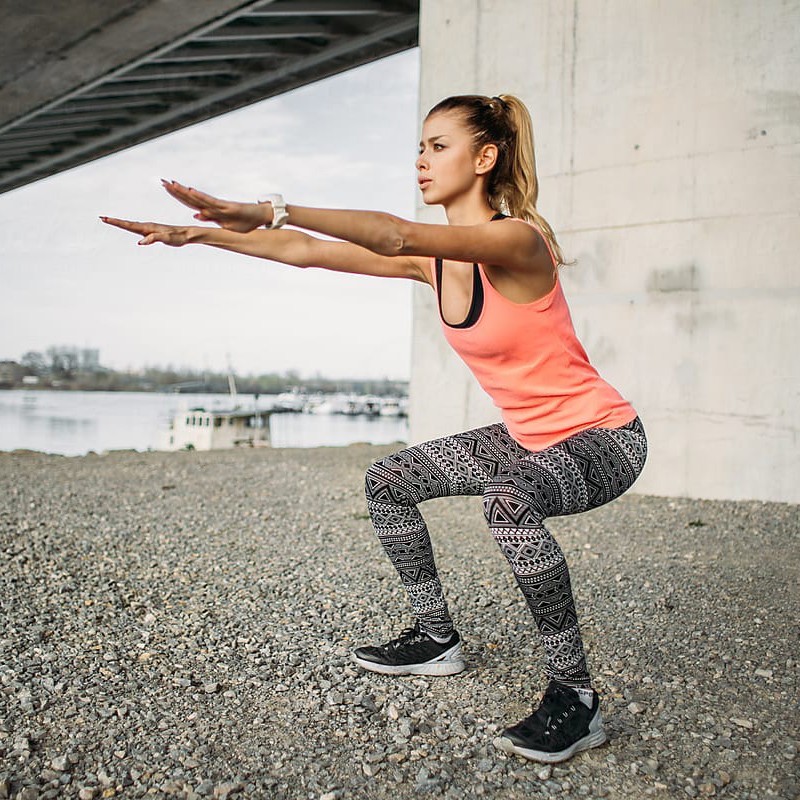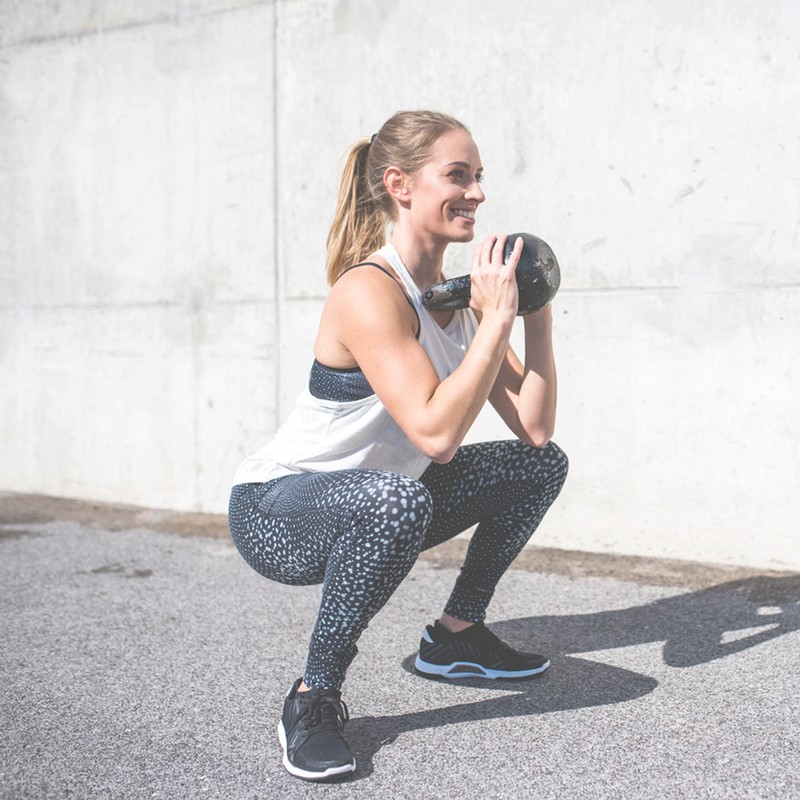Kegel Exercises: How And Why You Should Strengthen Your Pelvic Floor
For Those Unsure, What Exactly Are Kegel Exercises?
Kegel is a form of pelvic floor exercise, which ideally, should be done in a repetitive way daily. They help to tighten and strengthen the pelvic floor – especially prior to and after childbirth. But that’s not all. When done regularly, the moves can help to alleviate symptoms of pelvic floor laxity (urinary incontinence) and also prolapse and post-operative symptoms in women too, for example say, a hysterectomy. They aid with neurological and muscular weakness too, not to mention men who have had problems after prostate surgery.
What Are The Key Benefits Of Kegels?
What’s so brilliant about them is they’re a great form of self-care under your own direction and in your own time. You don’t need any special equipment, and when done regularly, they can really help to build your core strength. As said above, they facilitate the process of healing muscles, but another benefit is they can make your orgasms more intense. When you think about it, an orgasm is the rhythmic contraction of your pelvic floor, so strengthening that area can definitely help, which is why it’s often recommended for women going through their menopause.
How Do You Know You’re Doing The Exercise Correctly?
A Kegel exercise is like pretending you have to urinate and then holding it in. You relax and tighten the muscles that control urine flow. Next time you have to urinate, start to go and then stop. Feel the muscles in your vagina (for women), bladder, or anus get tight and move up. These are the pelvic floor muscles. If you feel them tighten, you have done the exercise right. Your thighs, buttock muscles, and abdomen should remain relaxed. It is however worth noting that you shouldn’t be doing kegel exercises at the same of urination more than twice a month. This is because it can cause damage to both your bladder and kidney’s over time, so go easy. If you still are not sure you are tightening the right muscles, imagine you’re trying to keep a marble from falling out of your vagina – think pulling in, not pushing out. Another trick is placing a finger in the vagina and squeezing the muscles—you should feel a lifting and contraction around your finger.
What Are The Key Moves We Should Be Doing?
Now you know what the movement feels like, I recommend trying to do Kegel exercises three times a day. First, start by making sure your bladder is empty, then sit or lie down. Tighten your pelvic floor muscles and hold tight, counting to three to five seconds. Relax the muscles and make the same count before repeating ten times. Try to do it morning, afternoon and evening, making sure you’re never tightening your stomach, thighs, buttocks or chest muscles. Plank exercises are also a great way of keeping your core muscles in-tact and strong.
Should Everyone Be Practicing The Exercise?
Even if you don’t have issues like incontinence or post-pregnancy symptoms, they are generally recommended as part of your feminine-healthcare routine. However, there are some things to be weary of. For starters, you need to make sure you’re nailing the technique as when done with too much force, it can cause vaginal muscles to tighten too much, which in turn, can create pain during sexual intercourse. Another thing worth noting is incontinence will return if you stop doing these exercises so don’t be surprised if symptoms return. Once you start doing them, you may need to keep them up for the rest of your life.
Anything Else We Should Note?
It may take several months for your symptoms to lessen once you start doing these exercises. If you’re still struggling to get the notion right, there are many devices and apps available to help now. The Squeezy App has been taken on by the NHS and was created by a physiotherapist to really help you see results. Then there is the Kegel Trainer app that’s designed to help you track your pelvic floor gains and let you know how you’re improving over time.
THREE EASY MOVES TO TRY:

1. PLANK
Holding for 30-60 seconds, this basic core exercises strengthens the abs but also works the pelvic floor simultaneously. Begin by lying on your tummy with your legs back straight behind you. Pop up on your forearms, tuck your toes under and engage your abs and thighs. Keep breathing as you go and make sure you’re engaging your pelvic floor.

2. BIRD DOG
Start on your hands and knees in a table-top position. Bring your shoulders over your wrists and spread your fingers wide. Then reach your right arm forward, while your left leg goes back. Hold for a slow count of three on each side and repeat eight times.

3. SQUAT
A simple but effective move is the classic squat. Strengthening hips, glutes, legs and the pelvic floor, start by standing with your feet wider than your hips and your toes pointing out at a 45-degree angle. Tuck your pelvis slightly under so that your tailbone points down, then draw back down into a squat, pausing at the bottom for a count of three while squeezing your pelvic floor up and in as you stand back up. Repeat for 12 reps, and you’ll gradually find it easier to get lower.
Visit Viveve.com
DISCLAIMER: We endeavour to always credit the correct original source of every image we use. If you think a credit may be incorrect, please contact us at info@sheerluxe.com.


